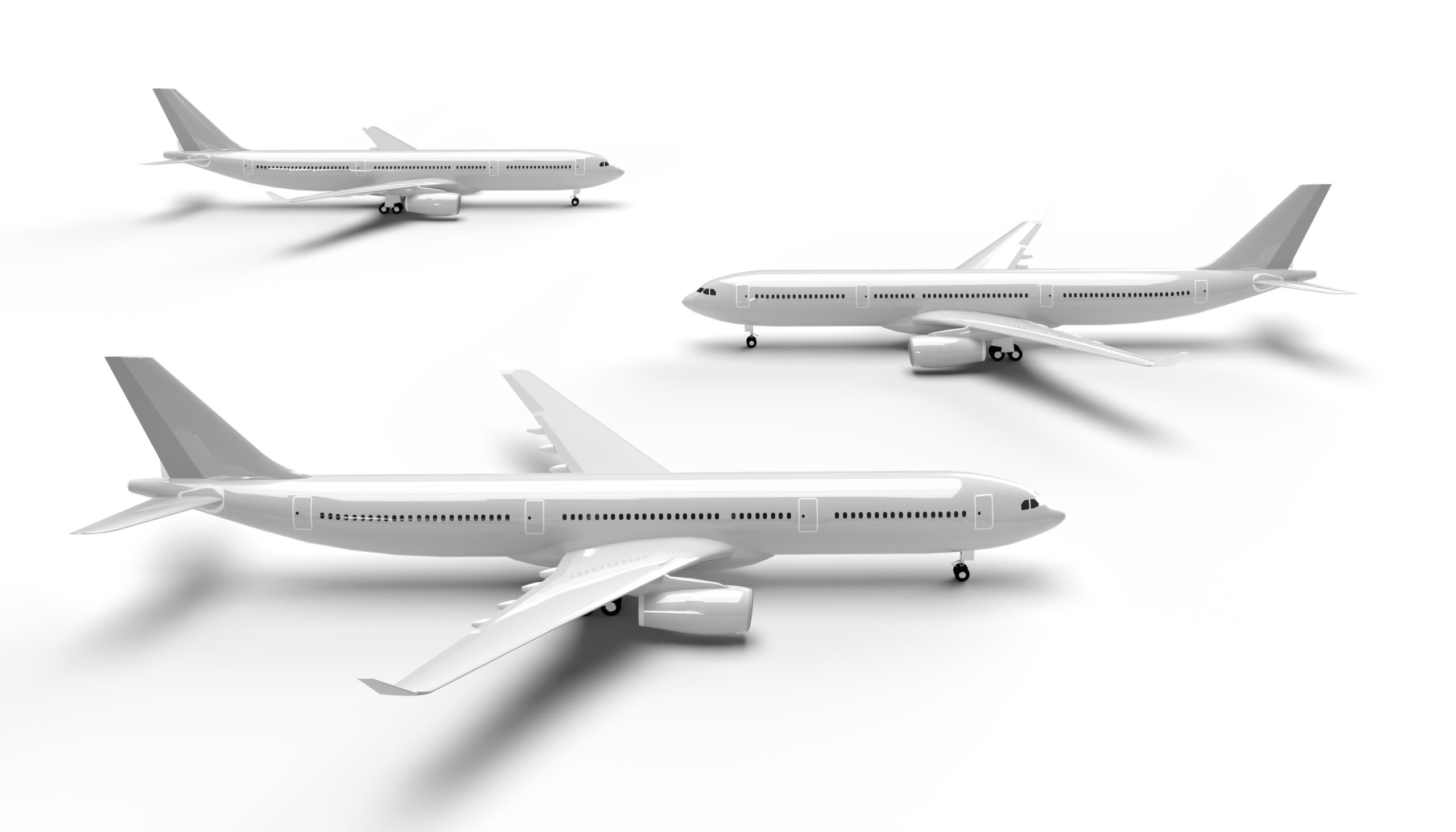An Aspiring Pilot’s Guide to the 3 Types of Airlines
Many people dream of being pilots but are not familiar with the different types of airlines and airline businesses. If you are thinking about flight school in Arizona, you need to know the difference so you can get the right training for the job. With that in mind, the team at Leopard Aviation is here to discuss the three different types of airlines and various business models in the airline industry.
3 Types of Airlines
The airline industry can generally be split into three categories. The main differences between the three types are the particular regions they service, annual revenue, and their aircraft fleet size. The type of airline may also affect what kind of pilot’s license one needs to fly planes. In this section, we will discuss the three categories and provide examples of each one.
Regional Airlines
Regional airlines are the smallest types and typically service local destinations within a single region or a country. A regional airline almost exclusively deals with human passengers, though there are niche regional airlines that offer cargo transportation.
You can further split up regional airlines via their size (large, medium, small), total number of annual passengers, and aircraft fleet size. Regional airlines also often have the lowest revenue and budget of the three categories so operations might be limited compared to major and national airlines. They usually make up for the lower revenue by charging for individual services, such as checking baggage and in-flight entertainment.
Two examples of regional airlines include American Eagle and Horizon Air, both of which are subsidiaries of major airlines American Airlines and Alaska Airlines. These airlines have relatively limited airways, so the ticket price can be higher, and they rarely schedule flights to other countries.
National Airlines
National airlines are larger and serve a wider range of destinations, including cross-country and international. National airlines have medium to large-sized aircraft fleets and offer a range of seats on their flights, including economy, business class, and first class. National-level airlines also offer regional flights as well, they just offer more long-distance flights than a regional airline does.
National airways have become less common in the US in recent years as many have been bought out by and merged into major airlines, such as Southwest Airlines or United Airlines. National-level airways typically have annual revenue between $100 million and $1 billion and usually employ about 2,000 to 3,500 people.
Major Airlines (International)
Major airlines are the largest in the industry and include big names like American, United, Southwest, and more. These airlines offer flights around the world and typically serve the most regions. Major airlines also often operate internationally, so you can expect to fly a major airline if your destination is out of the country.
Depending on where you are going, you can expect either the lowest or highest ticket price from a major airline. Many major and national airlines offer free baggage checks as part of ticket costs and have the most options for seating. Typical revenue for a major airline is over $1 billion per year. Many major airlines around the world are owned by their respective government, such as Turkish Airlines and China Southern Airlines.
Airline Industry Business Models
You can also split government and privately-owned airlines into three types based on what kind of passengers and cargo they carry and what kind of amenities they provide in flight.
Full Service Carriers
Full-service carriers are the major airlines and have the most amenities, such as in-flight food, entertainment, drinks, checked baggage, blankets, etc. Amenities depend on the airfare price and whether you sit in economy, business class, or first class seats. Full-service carriers usually carry passengers, and they can sometimes offer cargo transportation for businesses as well since they often operate internationally.
Low-Cost Carriers
Low-cost carriers don’t offer a wide range of in-flight services, which is usually reflected in a lower airfare cost. As such, low-cost carriers usually don’t have things like meals, entertainment, etc. Also, since they usually have smaller flights, a low-cost carrier usually has smaller aircraft fleets and uses smaller plane sizes.
Charters
Charter carriers are scheduled airlines that provide air travel for specific groups of different sizes. Charter flights are not part of an airline’s scheduled flights and are flexible in timing and destinations. For example, tourist groups heading to particular regions that don’t expect regular airline service might hire a charter airline business to get them there. Charter carriers can vary significantly in the type of air service they offer.
Cargo Carriers
Cargo carriers primarily deal with freight and don’t offer passenger aircraft service. Cargo carriers often operate out of international airports because they haul freight to different countries. Many major airline providers, such as United or American, operate cargo flights separately from passenger flights. Keep in mind that license requirements to fly a cargo aircraft may differ from passenger aircraft.
Commercial Flight School in Arizona
If you have more questions about the types of airlines or airspace types, contact the team at Leopard Aviation online or call today at (480) 372-8967!

